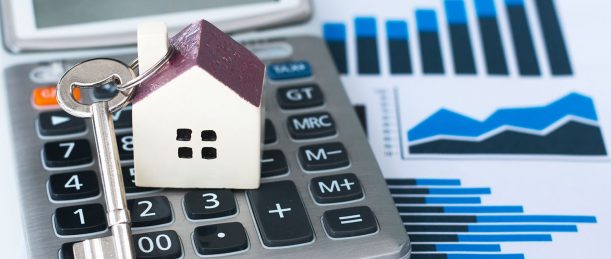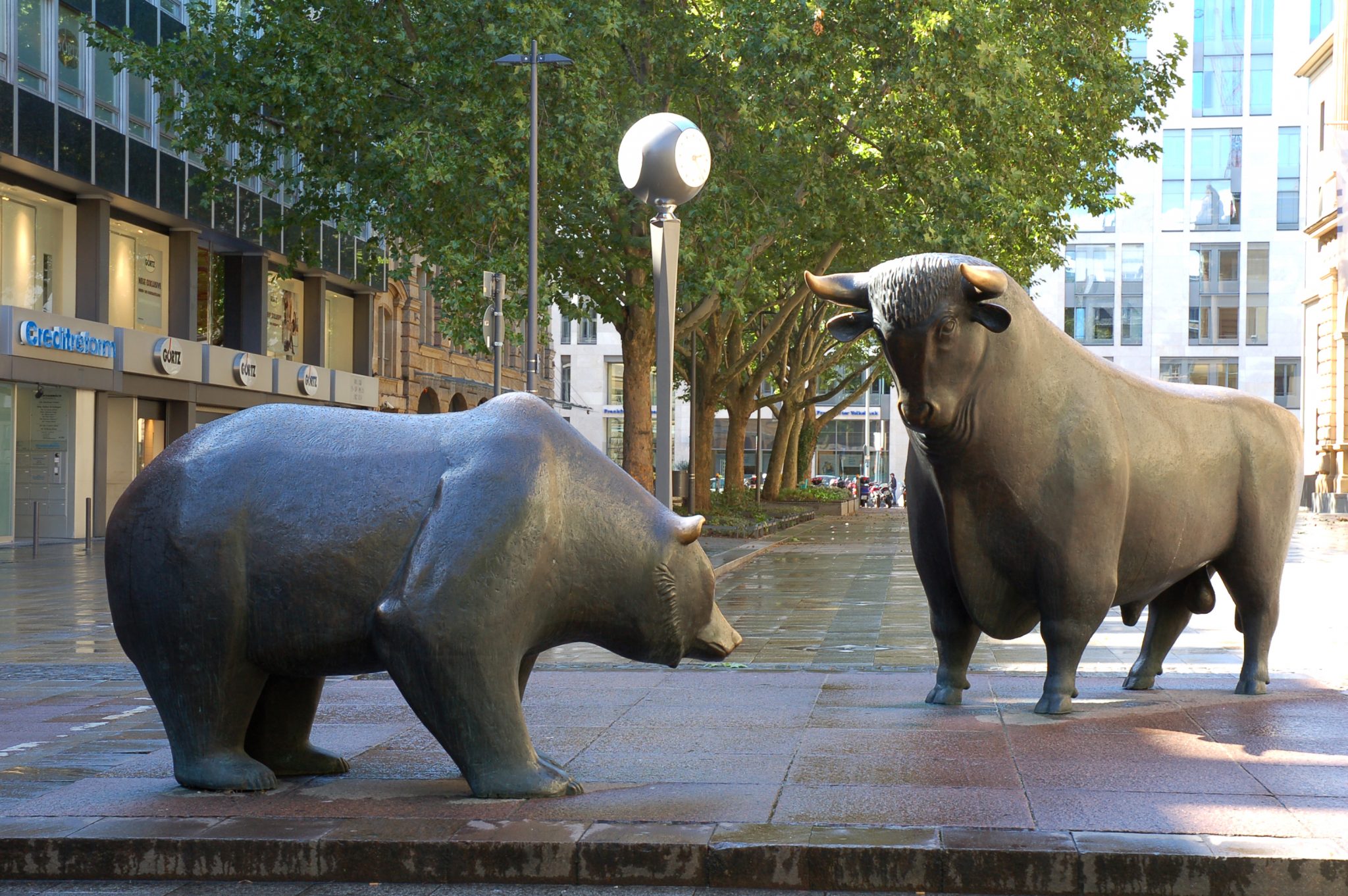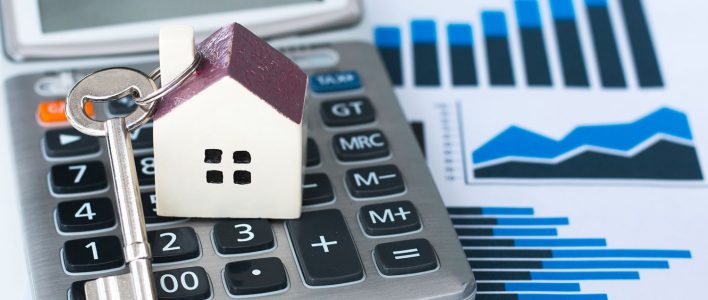The Importance of Emergency Fund Creation for Active Traders
Introduction
As a financial strategy, active trading requires a level of resources, savvy decisions, and back-up plans that go beyond what passive investors employ. A key component of a strong financial safety net is an emergency fund. But surprisingly, even for those deep in the world of stocks, bonds, and commodities, the concept of an emergency fund often remains unclear. Therefore, this post aims to highlight the importance of emergency fund creation for active traders and provide tips on how to go about it.
Why Active Traders Need an Emergency Fund
Active trading is often risky, and unexpected market downturns can deplete investment assets rapidly. This is where an emergency fund comes in. It’s essentially a separate stash of money set aside to cover sudden, unforeseen expenses, like a medical emergency or unemployment.
For traders, the emergency fund has an additional purpose. When markets are volatile and investments are losing value, it offers a lifeline that can prevent traders from selling their investments at a loss. It also provides the necessary funds to reap the rewards of a sudden market upturn without having to liquidate other investments.
In short, an emergency fund can act as a buffer against financial turbulence and market volatility, allowing traders to navigate unpredictable situations and provide them with greater financial security.
Common Questions for Traders About Emergency Funds
You may be an active trader contemplating the creation of an emergency fund. Some common questions might be: How much should go into this fund? Where should these funds be stored? Let’s address these questions one by one.
How Much Should Be in the Emergency Fund?
While the size of an emergency fund can vary based on your personal situation, most financial advisors recommend having enough to cover three to six months of living expenses as a baseline. However, this amount could be more for active traders due to the unpredictable nature of trading and the potential severity of market downturns. A year’s worth of expenses can provide a good safety margin.
Where Should the Emergency Fund be Stored?
The primary goal of an emergency fund is accessibility. Thus, the funds should be soluble and easily accessible. A high-yield savings account, money market fund, or short-term CDs are excellent choices for this purpose. They offer stability and easy access while still providing a return on your money.
Building Your Emergency Fund
Start building your emergency fund by setting aside a small, fixed amount from your monthly income. As this fund serves a different purpose than your investment portfolio, refrain from investing these savings in high-risk assets. Remember, the primary goal of an emergency fund is stability, not growth.
Conclusion
While commonly overlooked by active traders, an emergency fund is a crucial part of a comprehensive financial plan. It provides a safety net of liquidity that can save the day during market downturns and private emergencies. It allows you to navigate challenging times without panic-selling your investment assets. Lastly, remember to replenish the fund if you do have to use it. The importance of a well-funded rainy-day reserve cannot be overstated.
So, give your trading approach a new dimension of security and resilience by making an emergency fund part of your financial arsenal. Because when it comes to successful active trading, preparation is key.
Disclaimer: The information provided in this article is for informational purposes only. It should not be considered legal or financial advice. You should consult with a financial professional to determine what may be best for your individual needs.










